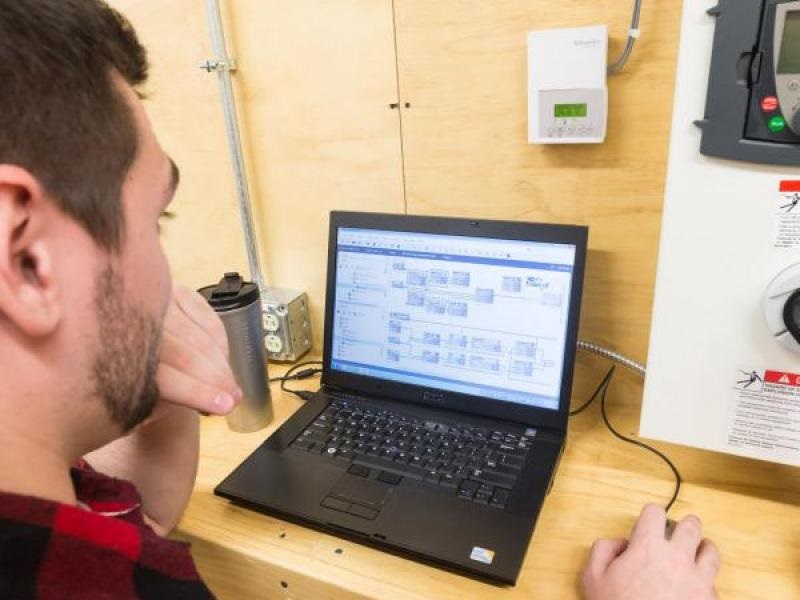Point-of-purchase (POS) applications are constantly evolving. Cash registers alone cannot continue. Brick-and-mortar retailers adopt leaner systems that really focus on cell phones intended for complex setups costing a lot of money. It is not just stores thinking about POS systems, online store proprietors who sell at craft fairs, industry occasions, and farmers’ financial markets are require affordable and simple-to-use point-of-purchase solutions. So, what’s the reason behind purchase software?

What’s point-of-purchase (POS) software?
Cause of purchase applications are what physical store retailers use to conduct sales personally. It is almost always an inspection out, computer, or maybe a tablet where cashiers input products, tally the price and execute the financial transaction. Most POS software also communicates with inventory levels to help keep everything balance.
Several big stores have complicated and pricey POS solutions, a few of which were custom-produced for his or her demands. Independent retailers are departing traditional POS systems and adopting cloud-based point-of-purchase solutions.
Kinds of POS software
Generally, there’s two primary kinds of POS software: on-premise and cloud-based. On-premise POS software requires you to definitely certainly be spot for doing things Terminals are the commonest on-premise POS. Cloud-based POS software provides more versatility, as you can use any connected, compatible device to get involved with the dashboard. Such applications are increasingly more mainstream-industry was worth around $1.29 billion for 2019, through getting an anticipated rate of growth greater than 21.38% through 2026.
You can conduct sales and check in within your business while you aren’t in a shop. You’re going to get on from web frequently suitable for many POS hardware (cash drawers, printers, etc.) along with other tools in your tech stack. This is often great if you’re small companies that sells within the store a web-based-based, coupled with periodic in-person event.
There are more kinds of Cause of Purchase softwares which come under either in the aforementioned groups:
Mobile POS (mPOS): A mobile point-of-purchase can move inside or outdoors power. Store proprietors usually takes transactions within the central cause of purchase, like a traditional checkout counter or check out, or wherever they might require. To create transactions on the go, retailers frequently use hardware like a tablet or smartphone for processing transactions. It truly does work for pop-up shops thus growing in-store rate of conversion.
Tablets: A tablet POS may be both mobiles and docked having a station. Scalping systems focus on Android tablets or iPads, becoming either the primary POS or supplementing your central POS station. It becomes an mPOS. Tablets work ideally when selling products with a lot of details, features, and/or use cases collecting plenty of customer data at the goal of purchase self-serve options pop-up shops, and event sales.
Desktop: POS systems running on my pc are frequently on-premise solutions docked having a checkout station. They are bulky but frequently more reliable and efficient, according to the hardware you choose. The central POS station within the permanent brick-and-mortar store businesses that want to include mPOS in addition for desktop setup.

